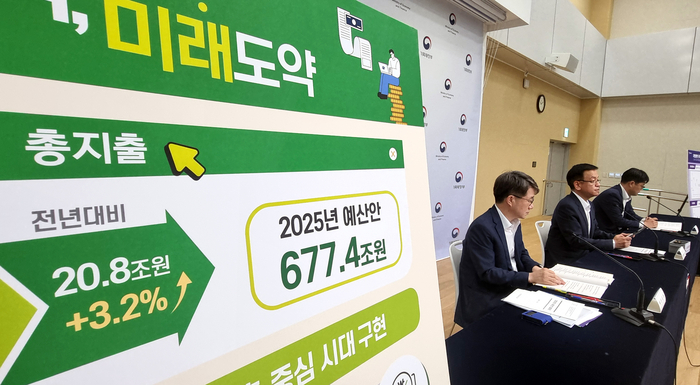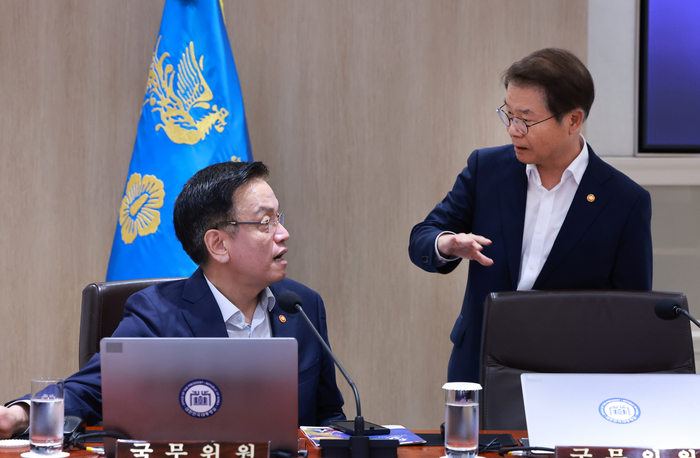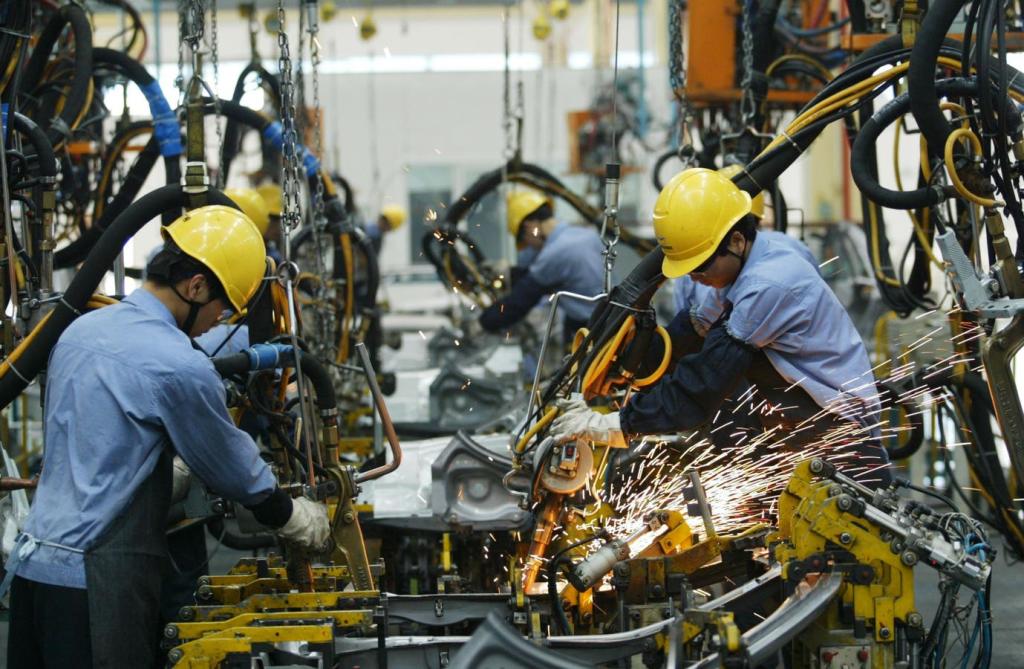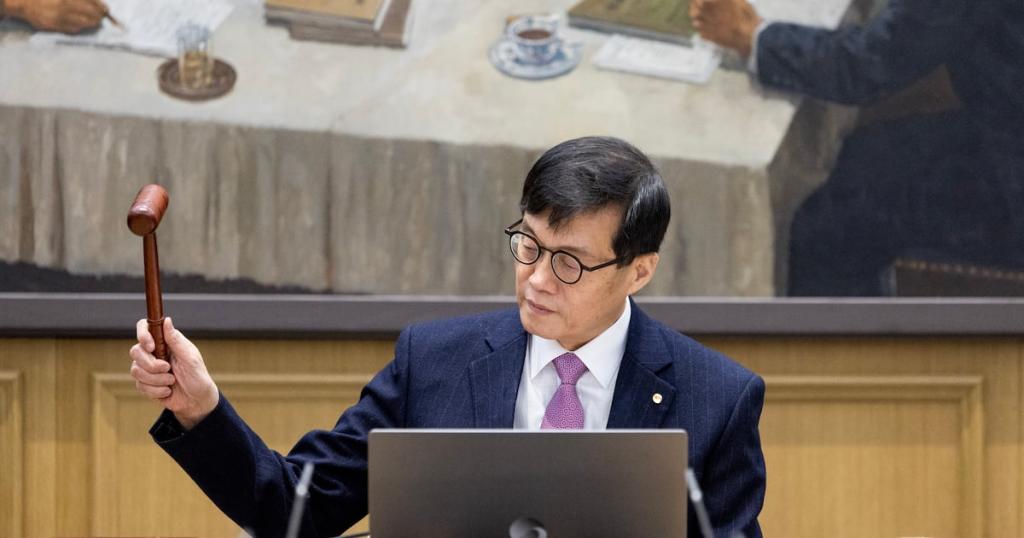South Korea's 2025 Budget Focuses on Innovation and Welfare
Explore South Korea's innovative 2025 budget, prioritizing technology, welfare reforms, and strategies to enhance family support and address low birth rates.

Key Points
- South Korea’s 2025 budget allocates 677.4 trillion won, focusing on innovative sectors like technology and cultural industries.
- The budget emphasizes welfare improvements, including increased parental leave allowances and support for vulnerable populations.
- Strategic initiatives aim to address demographic challenges, such as low birth rates, by enhancing family support and accessibility to services.
As South Korea looks toward the future, the government's 2025 budget initiatives embody innovation and a commitment to revitalizing its economy amidst challenging circumstances. With a proposed budget of 677.4 trillion won, representing a 3.2% increase from the previous year, the government's focus is firmly set on sustainability and growth sectors like technology, welfare, and public health.
Targeted Investments in Key Sectors
One of the most promising aspects of the 2025 budget is the significant investment in technology and key industries that are projected to drive the economy forward. The government has earmarked 6.2 trillion won for low-interest loans aimed at companies developing semiconductors, batteries, and biotechnology. This is a critical move considering that these sectors have increasingly become vital to South Korea's export-oriented economy.
In addition to technological advancements, the budget allocates 2.9 trillion won for cultural initiatives, particularly aimed at supporting the booming K-pop industry and promoting domestic content creation. Such investments not only bolster the economy but also promote South Korea's cultural presence on the global stage.

Improving Welfare and Social Infrastructure
In light of the nation’s ageing population and low birth rates, the budget also emphasizes improvements in welfare and social infrastructure.
's administration is making a concerted effort to enhance family support systems with increased parental leave allowances, which are projected to rise to 3.4 trillion won, a substantial increase from previous periods. This includes raising the cap for parental leave pay to 250,000 won per month, an important step in encouraging higher birth rates in the country.
The initiative to support vulnerable populations extends to employment, with substantial funding allocated for youth employment programs. The Ministry of Employment and Labor is set to increase its budget by 5% to address job creation challenges for young people and underprivileged groups.

Adapting to Demographic Changes
The budget reflects an understanding of the challenges posed by the country’s demographics. With South Korea experiencing ongoing low birth rates, the government is making efforts to encourage family growth and support through various initiatives. For instance, the K-Pass program aims to provide increased transportation benefits for families with multiple children, effectively enhancing the support network for parents.
In addition to financial aid, the government plans to improve accessibility through the enhancement of public services and support for early childhood care systems, such as providing noise-reducing mats for families with infants. This is part of a broader strategy to address the societal challenges stemming from an ageing population and to support young families.
Promoting Economic Stability
Sustaining financial stability amidst challenges, particularly with growing national debt and a mandate for prudent fiscal policies, remains a priority. The government anticipates a budget deficit of 77.7 trillion won, approximately 2.8% of GDP, and has structured the budget to prioritize essential spending while trimming non-essential outlays. The continued focus on prudent expenditure and improving tax revenue is crucial to maintaining economic health.
Ultimately, South Korea's approach to its 2025 budget encapsulates a multifaceted strategy for growth and sustainability. By investing in key sectors, enhancing welfare systems, and addressing demographic challenges, the government is not just planning for economic recovery; it is fostering a foundation for future prosperity.


